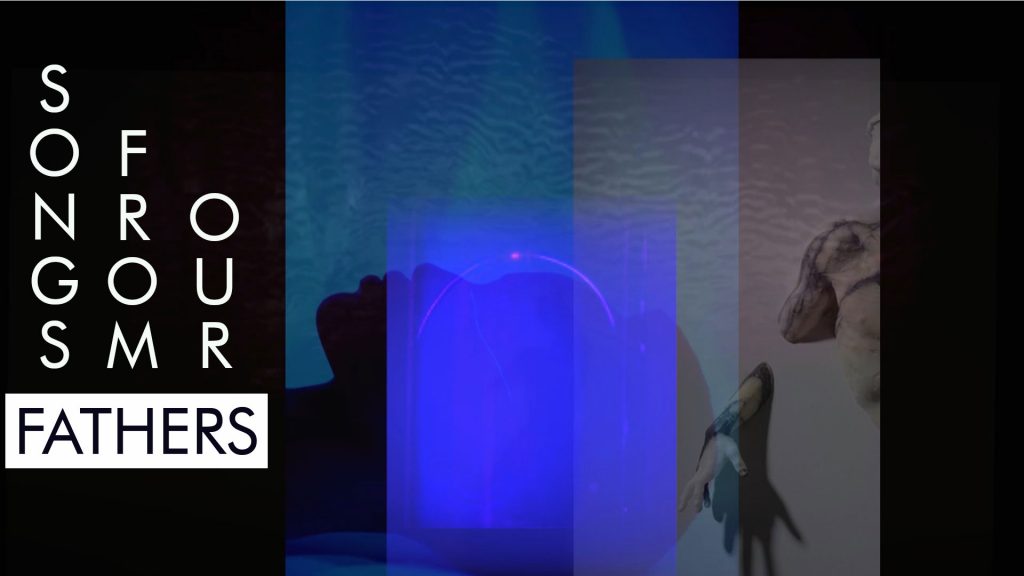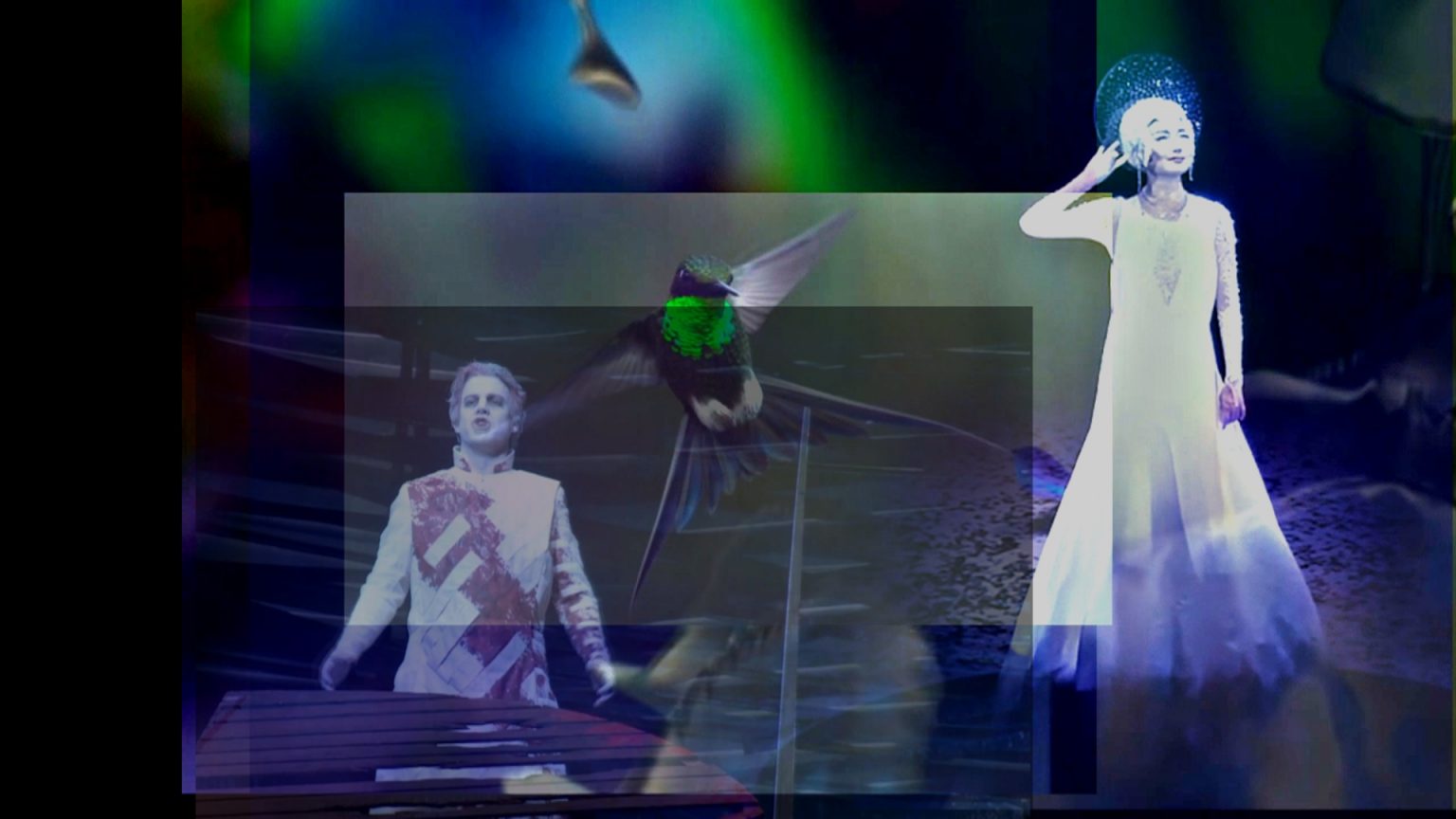PRESS RELEASE

Composer and performer JR Wilson felt trapped. Being used to performing and enjoying the camaraderie of musician friends and audience members, he found himself locked down by the COVID-19 pandemic. Mr. Wilson, a trained classical composer and graduate of Boston University’s School of Fine and Applied Arts in music, begrudgingly accepted his mandated isolation but decided to concentrate on something he COULD do alone – compose music using his computer.
JR has always enjoyed opera, but live performances were no longer available to attend, so he began writing his own operatic music. Since opera is both auditory and visual, he also accompanied his scores with visual content by using short film clips from old movies. The movie clips were modified and collaged together in unusual ways but were also made to fit and advance the overall storyline of the piece. Once completed, these all-digital productions were subsequently uploaded and made available on YouTube for all with access to the internet to see and hear from the comfort of their home, at their convenience, and at zero cost!
Since his multi-media productions turned out to be very unique, i.e. there was nothing out there quite like it, he was at a loss as to what to call it. Out of necessity, he came up with a new term, a new genre in effect called New Music Cinema.
JR describes his New Music Cinema (NMC) genre like this:
NMC presents a unified sound that combines techniques used in film, traditional classical composition with advanced electronic sound generation. Elements of NMC would typically include the following:
Contemporary music is composed to match the visual content (usually the music is considered Acousmatic).
The audio content is of equal or greater importance than the visual content.
Make use of Digital Audio Workstation (DAW) technology to produce the soundtrack (frequently used by film composers).
Employ the creative and artistic use of original and/or existing images and film clips to produce the visual content. The visual content most often is visually aesthetic and/or abstract as in Art Film.
Similar to opera, the storyline can be of a serious nature and can include existential themes or overtones.
The final production is usually at least 10 – 15 minutes in length, and can contain several or more acts or scenes.
According to James, the NMC genre offers the following advantages:
It is a cost effective means to bring music and visual art to a wider audience – anyone with an internet connection can enjoy the productions.
Composers can hear their composition almost immediately, bypassing the need to assemble large scale and costly vocalists, ensembles or orchestras.
Social media and video streaming services enable artists to connect with fans directly, reducing the need for expensive PR campaigns.
The digital era has led to the democratization of the music industry, improving access and opportunities for artists and professionals of many types.
Innovative music technologies are also integral to the creation of a lot of modern music. Software-based virtual instruments and MIDI technology allow music creators to use millions of unique and fresh sounds in the production of their music.
Examples of JR Wilson’s 3 most current works in the NMC genre can be experienced on YouTube at the following links:

CONTACT
Abby Schlossmann – Classical Repertoire and Promotion
Email: onemindmediapro@gmail.com
473 River St.
Taylors Falls, MN 55084
www.onemindmedia.net
ONE MIND MEDIA
